As the U.S. economy enters a phase of uneven recovery, major consumer-brands are increasingly reflecting the divides in how Americans are spending. Retail giants such as McDonald’s and Chipotle Mexican Grill, along with beverage titan Coca‑Cola, are all revealing signs that financial stress is shifting what people buy—and how often they buy it.
Value Brands Hold, Trendy Brands Falter
McDonald’s reported that U.S. same-store traffic fell 3.6 percent in the first quarter—the worst drop since 2020—largely because lower- and middle-income consumers are cutting back. In contrast, customers earning six figures or more are still showing up at the drive-thru.
This split aligns with a broader “K-shaped” recovery: higher-income consumers maintain spending, while younger or less affluent groups retrench.
For Chipotle, which targets younger diners and markets itself as a premium “fast-casual” experience, the effect has been more severe. The chain cut its full-year sales outlook, citing weak spending among diners in their late 20s and early 30s, signalling that once-strong growth in this segment is cooling.
Meanwhile, Coca-Cola is benefiting from its diverse consumer base and global reach—offering both stability and volume in times of uncertainty. Companies aligned with value propositions or with wealthy customer segments are weathering the storm better than those aiming at mid-income or trend-driven groups.
Why It’s Happening
Several factors are converging:
- Wage and price pressures: Inflation has eroded purchasing power, especially for households without high earnings or considerable savings.
- Debt and obligations: Many younger consumers are facing renewed loan repayments and squeezed budgets, leading to fewer restaurant visits and discretionary purchases.
- Value sensitivity: Consumers increasingly gravitate toward brands that offer affordability, prompting premium brands to face tougher scrutiny.
- Income concentration: The top-earning sectors of society now account for a larger share of overall spending, meaning brands that target those consumers may see relatively better outcomes than those relying on broad-based middle-income appeal.
What Brands Are Doing
To protect revenues, brands are adapting:
- McDonald’s has rolled out a revived “value” menu and promotional meal deals to retain price-sensitive customers.
- Some upscale chains are trimming growth forecasts and re-evaluating how they target younger diners and urban markets.
- Beverage companies such as Coca-Cola are doubling down on global growth, product diversification and premium variants to keep momentum.
The message is clear: brands need to be tuned into income segmentation and shifting consumer behaviour if they hope to navigate the current environment.
What It Means for the Broader Economy
The disparate performance across brand types offers a window into where the economy stands: consumer spending remains robust for some—but not all.
For policy-makers and investors, the divide signals risk: if a large portion of the population pulls back, the broader engine of consumption could stall. So far, the “top-tier” segment is carrying more weight. If that changes, it may lead to a more generalized slowdown.


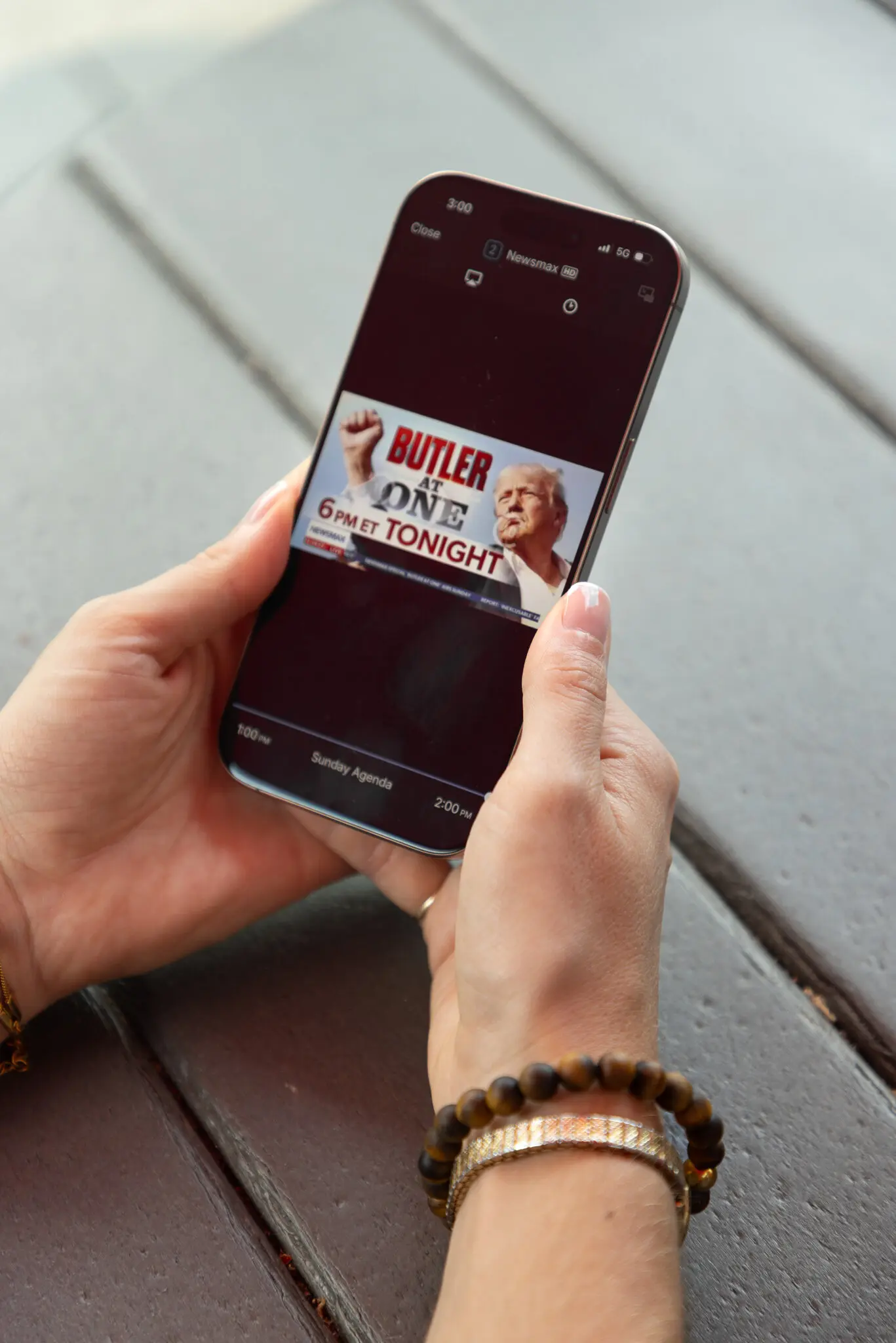
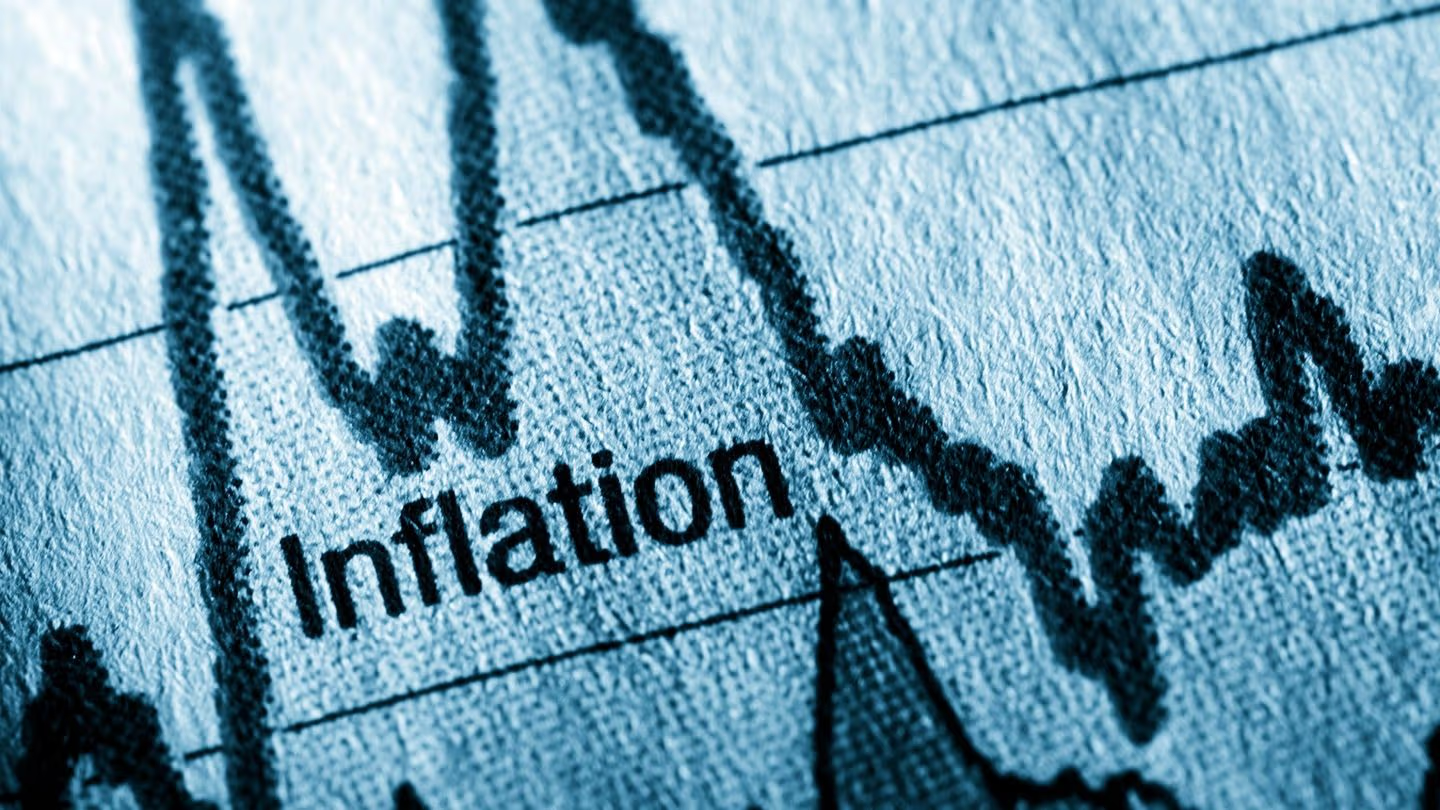
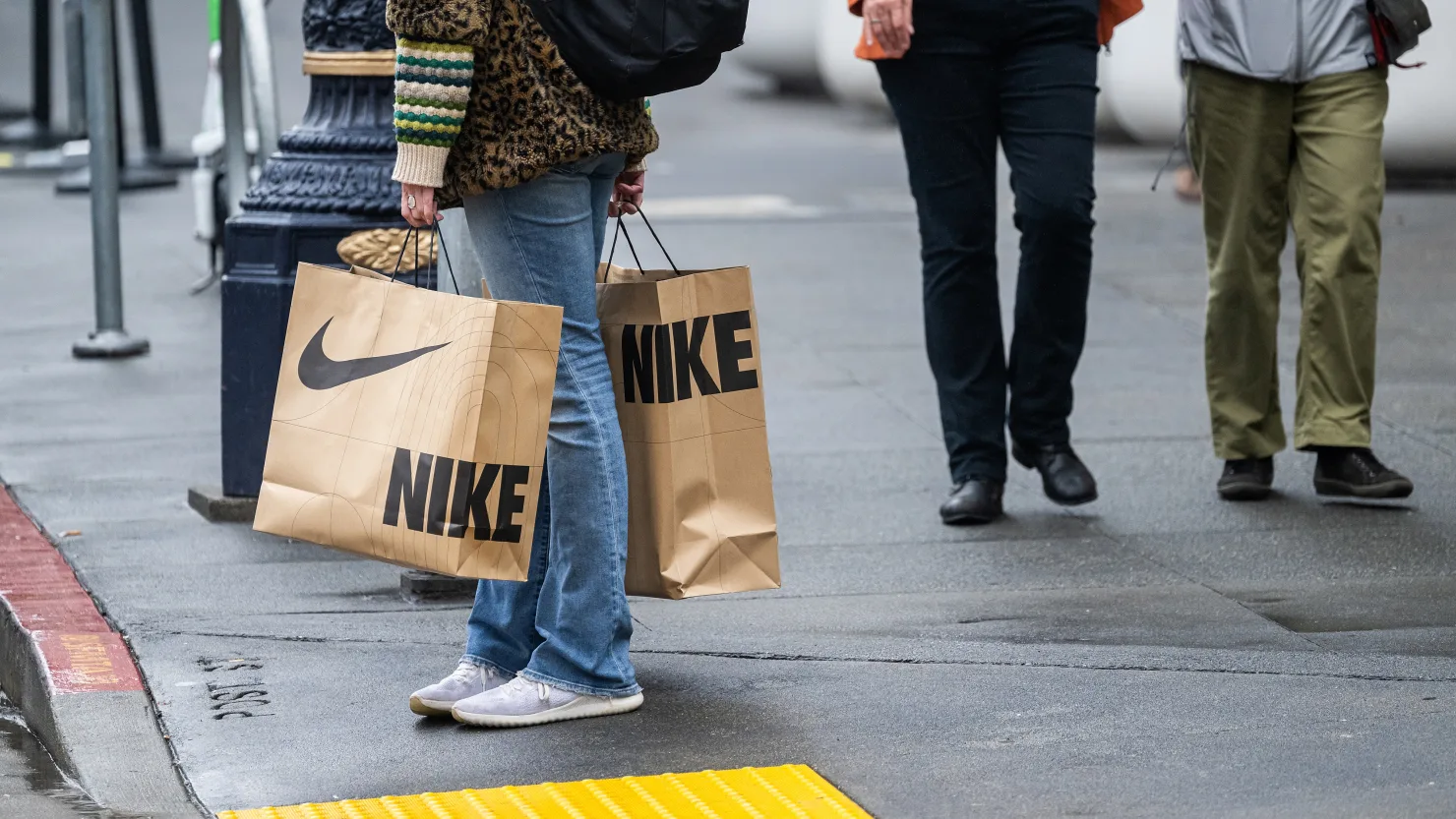


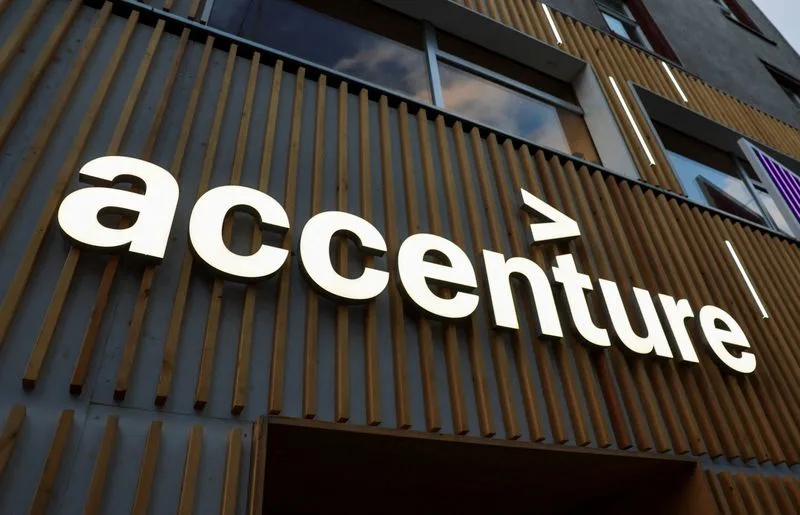

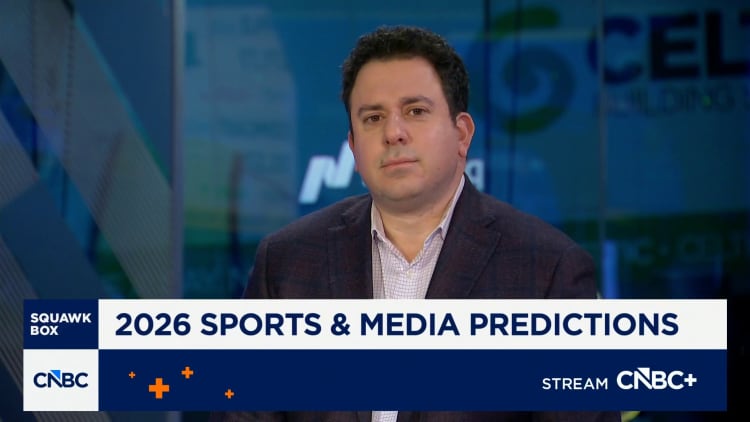
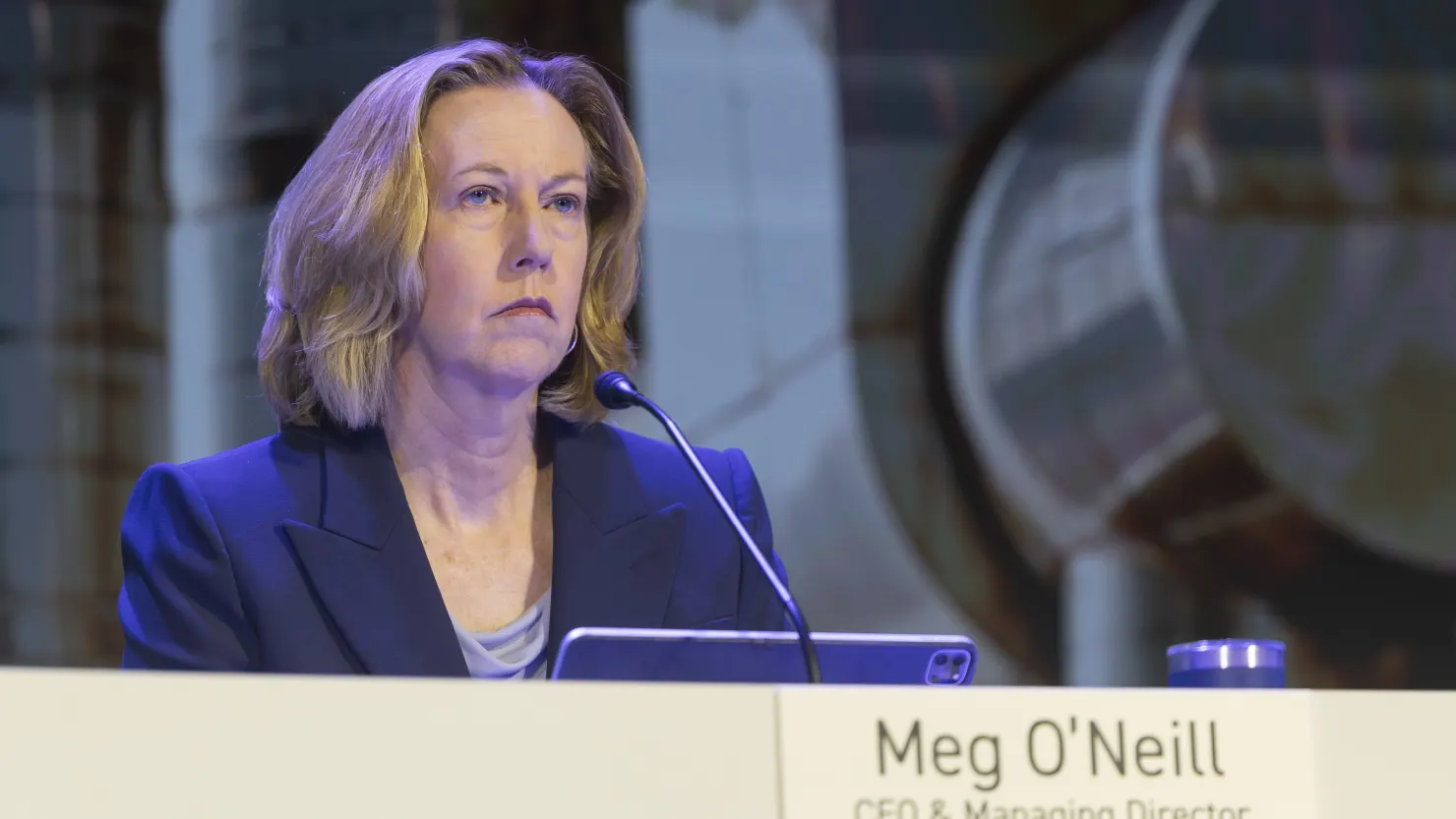
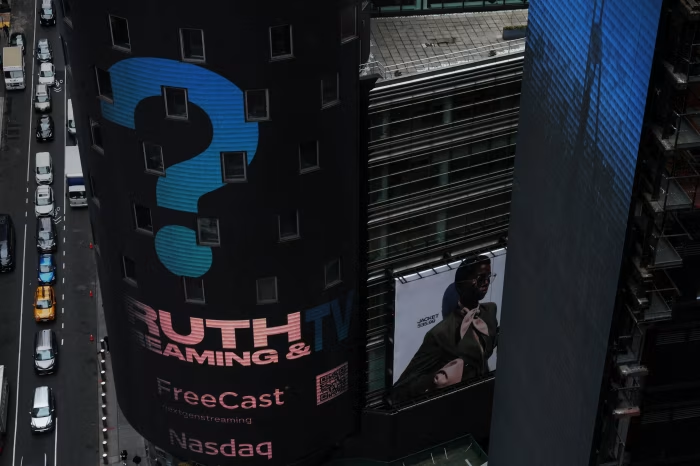




Leave a Reply